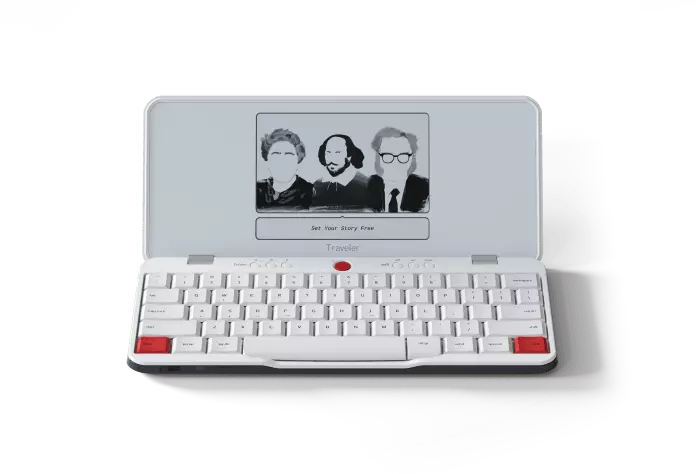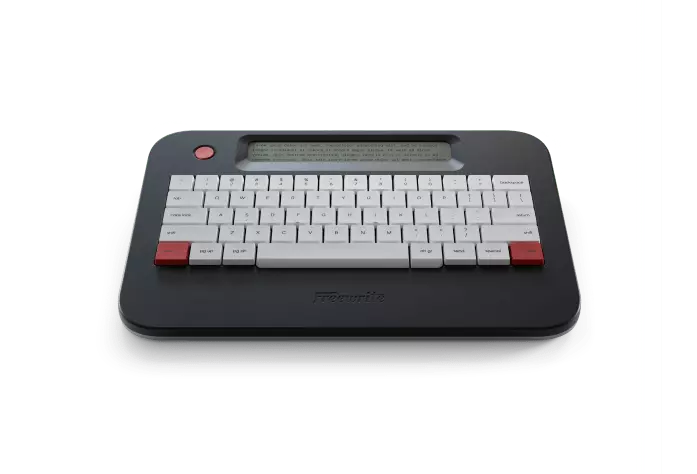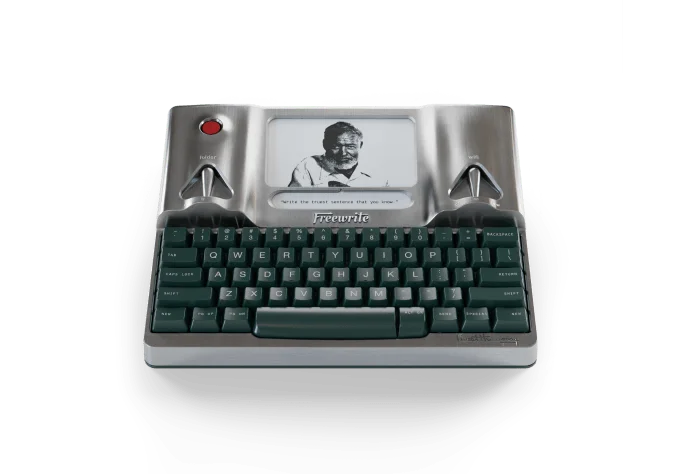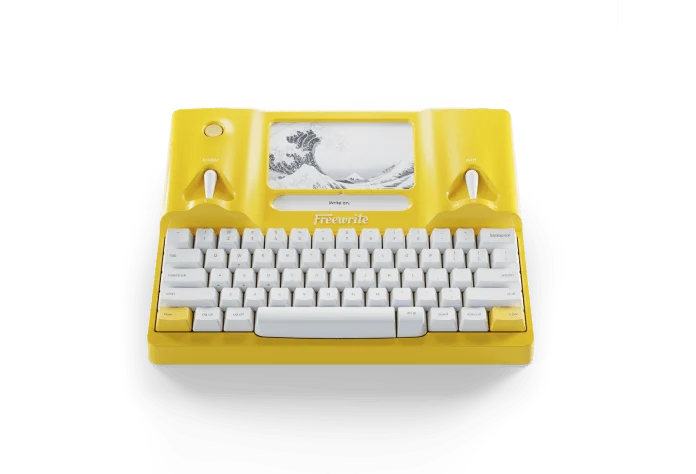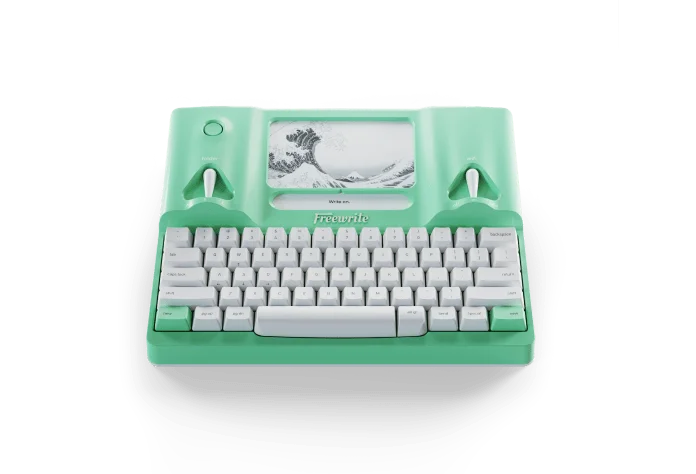
By Ashley Poston
So you finished the first draft of the book of your heart. Congratulations! You’ve done something that a whole heck of a lot of people will tell you they wantto do but can never find the time. Yet you did. And you’re here.
Pause for a moment and celebrate that. You found the time, you sacrificed hanging out with your family and friends, you stayed up much too late chasing that plot bunny and burned the midnight oil down to the last drops. You did it. Youdid it.
So go, celebrate. I’ll be right here when you get back.
Okay, have you celebrated? Poured yourself a glass of wine? Had a chocolate? A good cry? Good, good.
Because oh, my friend, you still have a long way to go.
Editing & Revising
The first draft is always just the beginning — that’s why it’s called a first draft. What you do from here is really dependent on how clean you draft and how well you plot. I know some writers who build on the base of their first drafts, but I can’t do that. When I write a first draft, I usually have to toss it and write a second from-scratch draft. Sometimes I copy and paste one chapter at a time from one word doc to the next and build from the bones of that. The more you write, the more familiar you’ll become with what works best for you when you self-edit. (Because yes, yes, you will need to read over your own draft and edit it.)
Then you give it to your friends, and they critique it — both the friends you trust to give it to you straight and the ones you know will just say nice things because they’re good people; you need a fair mix of both — and then you write it again.
Choosing a Publishing Path
When the book is as good as you can get it, the fun starts.
YOU COME TO A FORK IN THE ROAD.
>> CHOOSE SELF-PUBLISHING
>> CHOOSE TRADITIONAL PUBLISHING
In self-publishing, you take the place of at least a dozen other people in the traditional publishing sphere — cover design, formatting, sales, marketing. I personally wouldn’t try my hand at this option first, because it’s very tough being a one-person hype-squad, especially if you don’t already have a large audience. You canhire out for almost all of these, but that’s money that you front at the beginning, and sometimes it takes a while for a book, or a series, to reach enough readers where the money sunk in is worth it.
(Then again, if you care less about sales and more about your book simply being available, maybe this is the route for you!)
This is hard mode. Some people do really well in hard mode. I, personally, am not one of them, and so I’ll leave this avenue to people who are a lot more well-versed in self-publishing. Check out Jane Friedman's guide for self-publishing your book.
Breaking into Traditional Publishing
First, to be published by a publisher like Harper or Macmillan or Penguin Random House, you need to find an agent. To do that, you write a query, and you send that query out to different agents. They’ll either pass, or they’ll ask to see your manuscript. Then they’ll read it, and they’ll either pass on it, or they’ll offer. If they pass — boo!
Keep trucking.
Sometimes it takes one, two, tenmanuscripts before you’re offered representation with the agent right for you. It took me 65 rejections over three books to finally fall into the welcoming arms of Holly Root. It can take a while. Sometimes it takes no time at all — and that brings me to my first cardinal rule:
Don’t compare your journey to anyone else’s.
Don’t do it. That way lies madness. And heartache. (This does not mean don’t learnabout other peoples’ journeys. Talk with your critique partners and your other author friends. Having more information about your industry is alwaysa good thing. And if you’re ever confused about something? Ask your agent. That’s what they’re there for.)
Where was I? Right, yes — you found your agent! Congrats. That’s a big step. The right agent for you will carry you through thick and thin. They are invaluable, both as a team member and as your head coach. Your agent wants you to succeed just as much they want themselves to succeed — after all, their career relies on yours.
After you sign with an agent, you’ll probably go through a round or two of edits before your agent decides it’s time to take the plunge.
Going On Submission
Next, you'll make a submissions list. Compile all the editors you and your agent think would be a good fit for the manuscript in question. Your agent will know who to submit to at which houses, who they have good working relationships with, and who is drowning in submissions so maaaaaybe don’t put them on the list. If you don’t know any editors, or which editors would be best for your manuscript, that’s OK too! That is exactly what your agent is for.
Once you and your agent have made a list that both of you agree on, it’s submission time. Your agent will submit your manuscript to those editors, and then comes the most excruciating part of this entire process:
The waiting.
Sometimes, this part is very short. Sometimes it takes … well. A very long time. For instance, when my agent and I went out with Heart of Iron,it took eight months. When we went out with The Dead Romantics,it took one.
During that time, you’ll have war flashbacks to the querying process because yeah, you will get rejections here, too — though they’re called “passes” instead. An editor can pass for many reasons, and you really shouldn’t dwell on them. The editor right for you will take your manuscript and run with it. You’ll know when that happens, and most of the time — sales and marketing willing — you’ll find a home.
(Sometimes, you’ll even get into a bidding war where multipleeditors want your book. I imagine them all duking it out like Hugh Grant and Colin Firth in Bridget Jones’s Diary.)
What comes next is the legal stuff: rights, due dates, advance negotiations —
Speaking of advances, that’s how you get paid in traditional publishing.
Let's Talk Money
When an editor decides to buy your manuscript, they’ll offer a set amount of money. Once you accept that amount, it will be paid to you over several payments (with a cut going toward your agent); and once you “earn out.” Royalties are a small portion of the list price of each book sold. You won’t see royalties until you’ve made inroyalties what they gave you as an advance. It’s advanced royalties, literally. There’s a lot more to this part of the business, but that’s the bones of it. (You can find out more about advances and royalties here.)
Advance payments are usually split between two to six payments. As an example, if your advance is split into four and you have a $40,000 advance, without accounting for agent fees, your contract might split that sum into $10,000 on signing, $10,000 on Deliver and Acceptance, $10,000 when the book comes out, and $10,000 after a year. There are a lot of different ways to split the advance up, however, and this is just one.
With all the boring contract stuff and money stuff out of the way, we get to the fun part—the part where your editor will edit your manuscript.
Yes, More Editing
Your editor will usually send you an edit letter (I’ve yet to meet an edit letter smaller than three pages, single-spaced) and set a deadline for when the revisions need to be turned in. There’s always wiggle room here, because life happens, but to meet the date of publication they set in the contract, you have to try to meet those deadlines.
After edits are line-edits, which is where your editor goes in with a fine-toothed comb and gets nitpicky with word choices and echoes and whatnot.
Then … congrats! You’ve made it to D&A — Delivery and Acceptance. Here, you’ll usually get another chunk of that advance.
After D&A comes copyedits, where a copyeditor will go in with an even finertoothed comb and fix punctuation and spelling and adhere to current style-sheet standards and make sure everything is stylized in the exact same way. They’re also the ones fact-checking everything and pointing out inconsistencies. (I once had a copyeditor flag every use of the word “ground” in my sci-fi book when they were on a ship, because ships do not have a ground; they have floors.)
Not for nothing, but copyeditors are the heroes of this industry. They’re the ones who make the rest of us look good.
You’ll be asked to submit your dedication and your acknowledgements here, and just so we’re clear: you aregoing to miss someone in the acknowledgements. It’s just a part of being an author. A rite of passage, if you will.
Judging a Book by Its Cover
Around this time — or maybe during edits — the art department will reach out about a cover for your book. Authors, across the board, have very little say in their own covers. If you truly hate it? You and your agent can sometimes band together and make enough noise for everyone else to shuffle back to the drawing board, but most of the time when sales and marketing like something, that’s it — unless, of course, Barnes & Noble or Target or Wal-Mart doesn’t like something. They can also influence what your cover looks like.
There’s a fun story that still circulates sometimes, where the old buyer for B&N hatedthe color yellow, so yellow covers were rare for a very long time. Rumor has it, the person’s dog was the one who picked the books the buyer would approve of. I still don’t know how true that is, but considering dogs can onlysee yellow and blue … it’s a little funny. This industry is wild. Why do you want to be in it, again?
Anyway, yeah. Covers! They’re fun.
After you approve of copyedits, your manuscript gets punted off to design, where they’ll make your manuscript look like a book and send it back to you for review. These are called pass pages, and this is the last time you can actually edit your novel. After this, it goes to the printer and it’s out of your hands — forever.
Talk about pressure.
In pass pages, you might have a reader or two come in and make notes about things you, or your editor, or your copyeditor, missed. They also flag things like weird page breaks and design flaws — you will also do this as you go through pass pages.
And then when you finally turn in pass pages … sit back. Take a breather.
You’re done.
Like, donedone.
CONGRATULATIONS!
>> YOU WROTE A BOOK.
And Repeat
That’s it. The story you’ve dreamt up and wrote and rewrote and edited and existed with for so longis out of your hands now. Forever. It’s always a bittersweet feeling. For me, there’s a relief to finally turning in pass pages, and a bit of mourning, too, because it feels like saying goodbye to a very close friend.
Then, half a year to a year later, depending on the timeline of everything, your book comes out, and you’ll already be halfway into the next one.
And so the cycle repeats, again and again and again.
There are variations to this process for everyone. Everyone’s path is a little different, and because this is a very human industry, there are mistakes. There will always be mistakes. Spelling errors on page 34 or a dust jacket that doesn’t really fit or the spine printed the wrong way.
It keeps this career interesting, to be honest.
Love of The Craft
At the end of the day, the most important thing is that you still love to create. That you love to chase a story, and see where it takes you. This career can chew you up and spit you back out in a heartbeat, but if it’s the story that you’re here to chase and the fiction you’re here to dream about, then the teeth of this industry are a little less painful.
Chase what you love. It will be work, and it will be hard, and sometimes you’ll want to quit. We all do. But it’s going to be the love you have for stories, and the craft, and the community, that will keep you going.
--

Ashley Poston is the New York Times and USA Today best-selling author of The Dead Romantics. After graduating from the University of South Carolina with a bachelor’s in English, she spent the last decade working in the publishing industry before deciding to pursue writing full-time.
When not writing, she likes trying various arts and crafts and taking long walks as an excuse to listen to Dungeons & Dragons podcasts. She bides her time between South Carolina and New York, and all the bookstores between.


